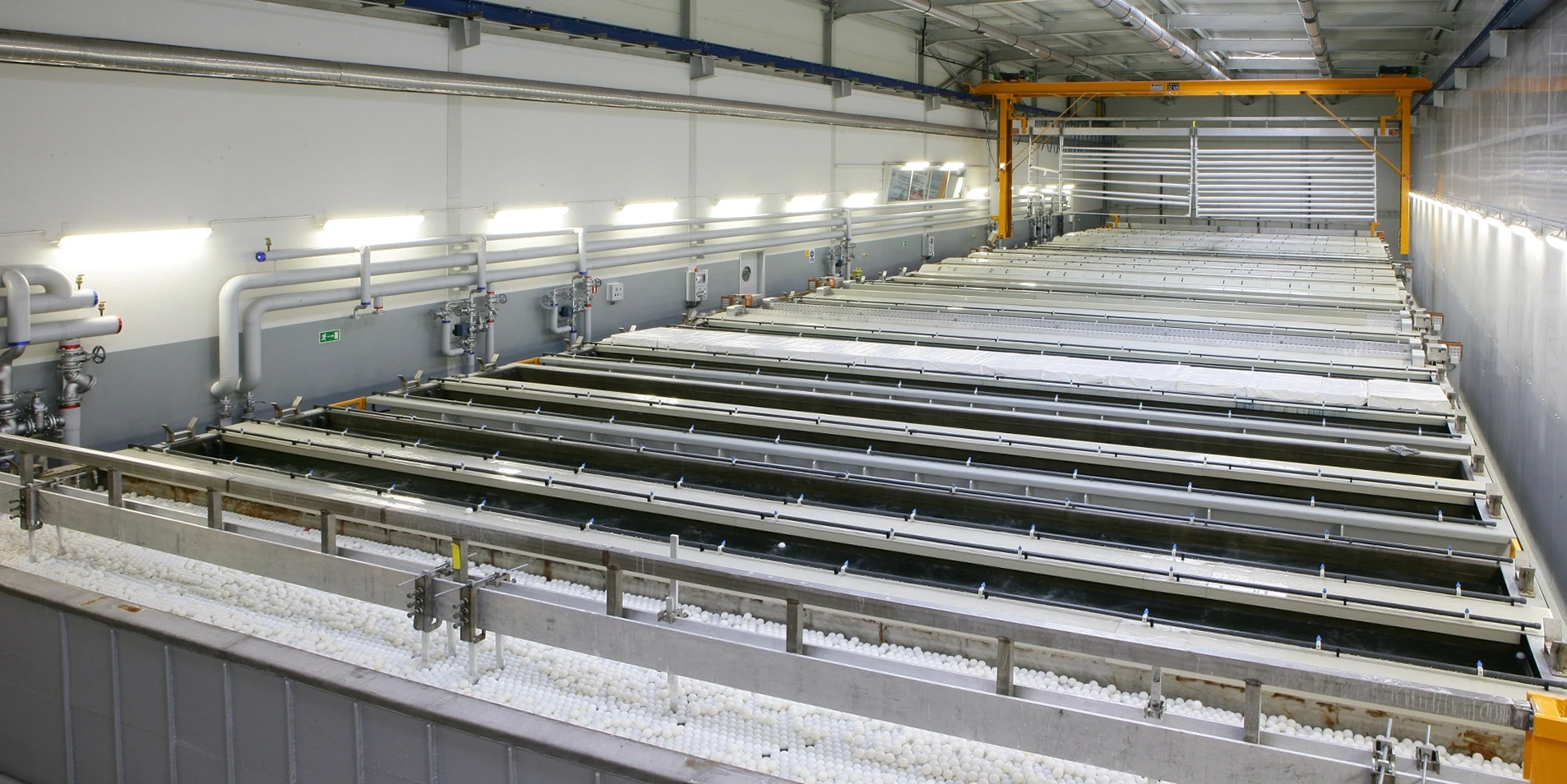

Anodising process
Among the various ways to protect aluminium, anodising is second to none. In addition to the superior protection against weather conditions, anodised aluminium also features exceptional decorative qualities
- Home
- Anodising process


Among the various ways to protect aluminium, anodising is second to none. In addition to the superior protection against weather conditions, anodised aluminium also features exceptional decorative qualities